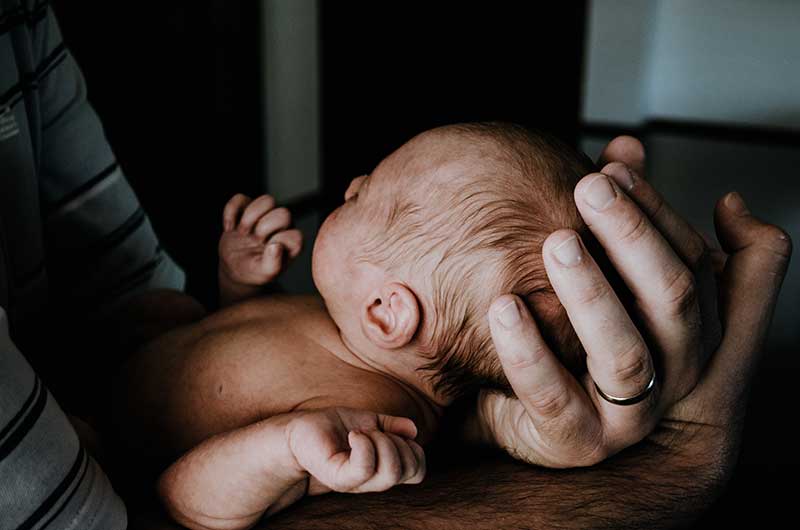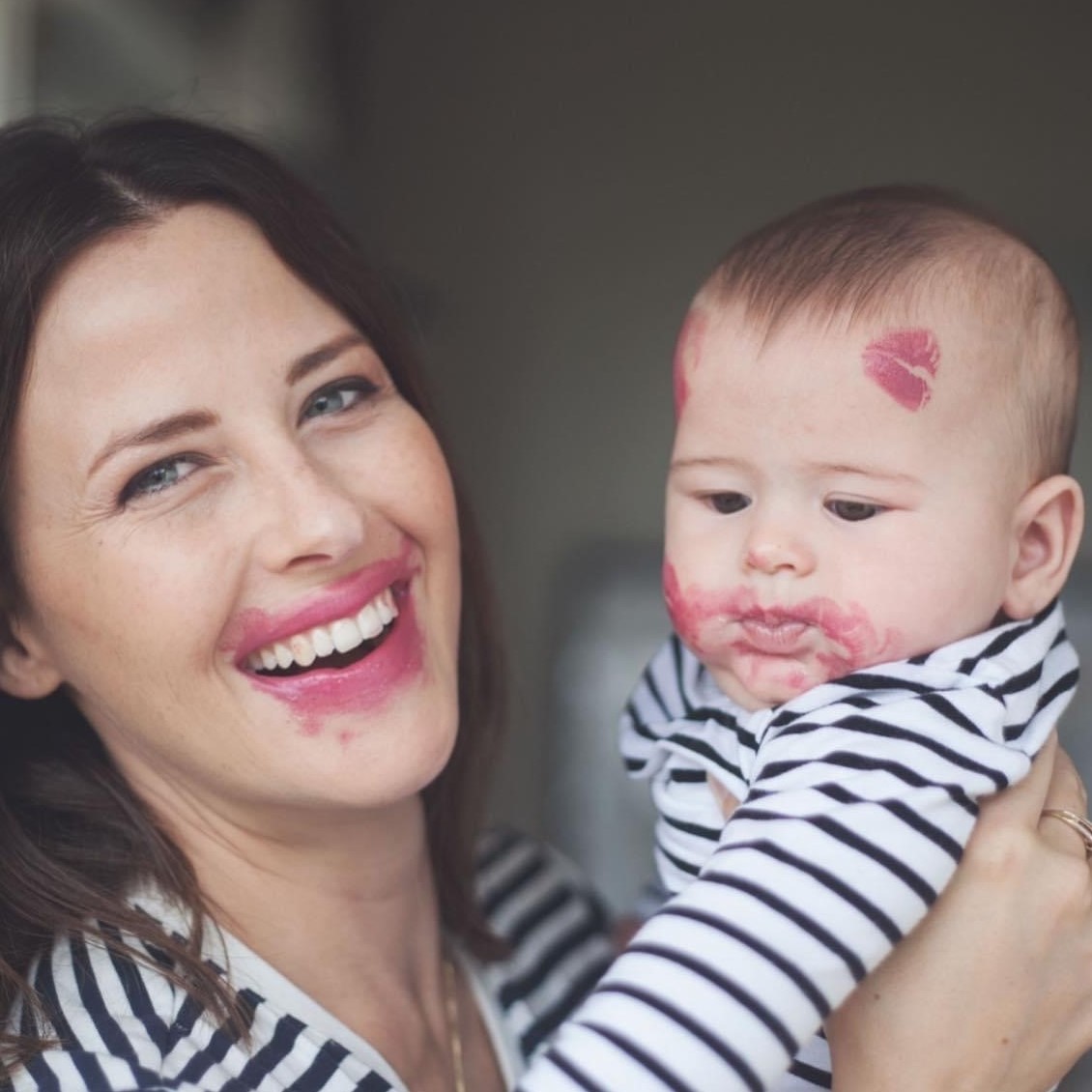How to Take Care of Your Newborn’s Head and Fontanelles

After birth, your baby’s head may look a little unusual, appearing slightly pointed, long, or misshapen. This is due to a normal process called ‘moulding’ where the bones of the skull shift and overlap so the baby can pass through the birth canal. Within a few days after birth, it will soon morph into a more rounded shape.
If you are concerned about the shape, size or appearance of your baby’s head, speak to your LMC or another healthcare professional.
Babies have two soft spots (called fontanelles) on their heads where the bones of the skull have not yet fused together. One is on top and the other is at the back. These will remain open for some time to allow for rapid growth of your baby’s head but they will close eventually. The smaller one at the back will close within 6-8 weeks and the larger front fontanelle on the top of their head will close between 9-18 months.
You can wash and touch the fontanelles – this won’t harm your baby. It’s normal to see the fontanelle pulsating (it will go up and down at the same rate as your baby’s heart rate).
It’s also common for the front fontanelle to be slightly sunken or slightly raised. However, if the front fontanelle is tense and bulging outwards when your baby isn’t crying, or when you sit your baby up, you should visit your doctor. Alternatively, if the front fontanelle is sunken and your baby isn’t drinking well, having wet nappies or has vomiting or diarrhoea, they may be dehydrated – you should visit your doctor right away in this instance as well.



